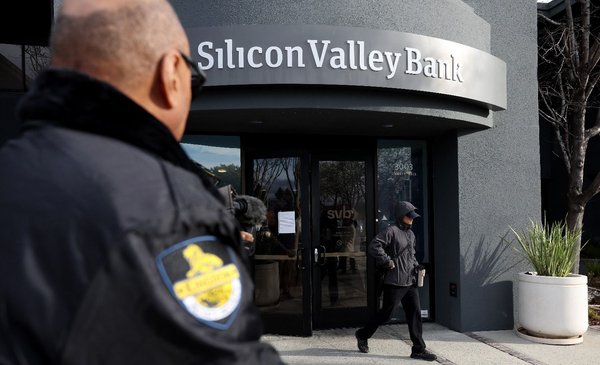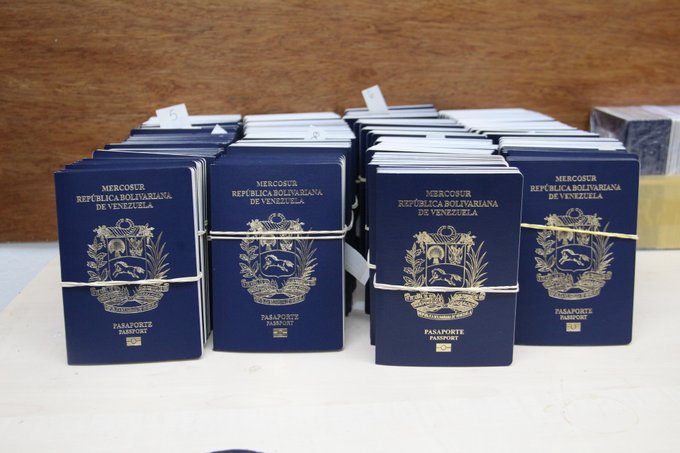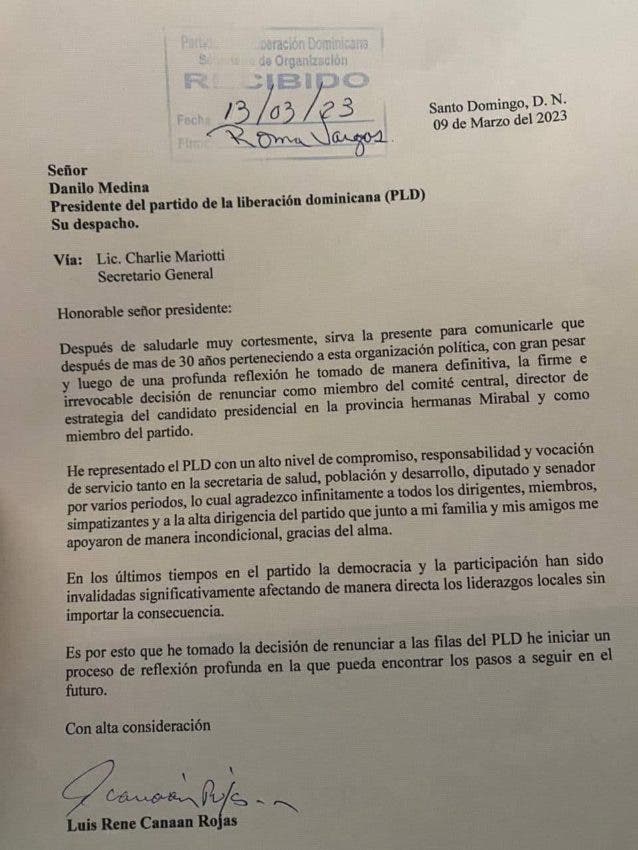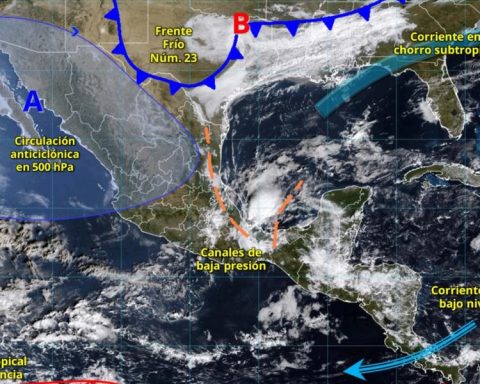On Thursday morning, March 10, many financial directors of technology groups they began exchanging incessant messages about whether it was right to keep their money in the Silicon Valley Bank. The bank had sold $20 billion worth of securities to deal with a sharp drop in deposits. And that did not go unnoticed in the investors who began to doubt its strength. The reaction was swift: they got rid of their shares, wiping out $10 billion. The blow was felt and the bank’s market value, which had previously been at $44 billion, fell below $7 billion.
That generated more movement, and customers began withdrawing their deposits quickly. Silicon Valley Bank was bankrupt on Friday morning. In a single day the clients requested withdrawals for US$ 42,000 million, a quarter of the bank’s total deposits, which could not cope with the payments requested. There, the Federal Deposit Insurance Corporationa banking regulator that guarantees deposits of up to US$ 250,000, went to the bank’s headquarters, declared it insolvent and took control. The run was so frenzied that the bank’s vaults were left empty, with a negative cash balance of $1 trillion.
The bankruptcy of the bank in just two days It left the community of technology companies open-mouthed, which now face serious uncertainties about the fate of their bank accounts and business transactions. It is that Silicon Valley Bank provided banking services to 50% of technology companies. It was also a kind of support for entrepreneurs, managing their personal finances. The bank run brought him crashing down, but the problems had started a couple of years ago. The bank lived its moment of glory in 2021 and there its deposits increased 86% accompanying the rise of the technology sector. With an avalanche of money coming from that sector, its liquidity grew.
AFP
Silicon Valley Bank
Seeking profitability at a time of very low interest rates, the bank increased its investments in a portfolio of US$120 billion of highly rated government securities, of which US$91 billion corresponded to fixed-rate mortgage bonds with average interest. of just 1.64%. Although slightly higher than the meager returns you could earn on short-term government debt, the investments locked up your cash for more than a decade and exposed you to losses if interest rates rose rapidly.
When rates rose sharply last year, the value of the portfolio fell by $15 billion, an amount nearly equal to Silicon Valley Bank’s total capital. If he was forced to sell any of the bonds, he would risk becoming technically insolvent.
The bank’s deposits had trailed four straight quarters of falling as technology stocks tumbled from their pandemic record. In February and March they did it faster than expected. So the finance team decided to liquidate almost all of the bank’s “available-for-sale” portfolio and reinvest the proceeds in shorter-term assets that earn higher interest rates and ease pressure on its profitability. The sale became a coup of US$ 1,800 million, since the value of the titles had fallen from the moment the bank had compared them, due to the rise in interest rates. In addition, Silicon Valley Bank tried to gain liquidity with other actions that did not work either. And it arrived on Thursday, March 10. In just 36 hours, Silicon Valley Bank, which had spent years of glory, collapsed and went bankrupt.
Weekend, United States financial authorities announced a bailout plan that would ensure that depositors of bankrupt Silicon Valley Bank (SVB) get their funds back “in full” and that US taxpayers do not pay for the disaster.
“Depositors will have access to all their money starting Monday, March 13,” the Treasury Department, the Federal Deposit Insurance Corporation and the Federal Reserve said in a joint statement, after several days in which they have struggled to prevent a knock-on effect on other financial institutions.
“Today we are taking decisive action to protect the US economy by strengthening public confidence in our banking system. This step will ensure that the US banking system continues to perform its vital functions of protecting deposits and providing access to credit to households and businesses in a manner that promotes strong and sustainable economic growth, said the official statement.
Finally, the Federal Reserve Board announced that it will make additional funds available to eligible depository institutions to help ensure banks have the ability to meet the needs of all their depositors.
“The US banking system remains resilient and on a solid footing, largely due to post-financial crisis reforms that ensured better safeguards for the banking industry. Those reforms combined with today’s actions demonstrate our commitment to take the necessary steps to ensure that depositors’ savings remain safe,” the text said.
With information from El Cronista and AFP

















